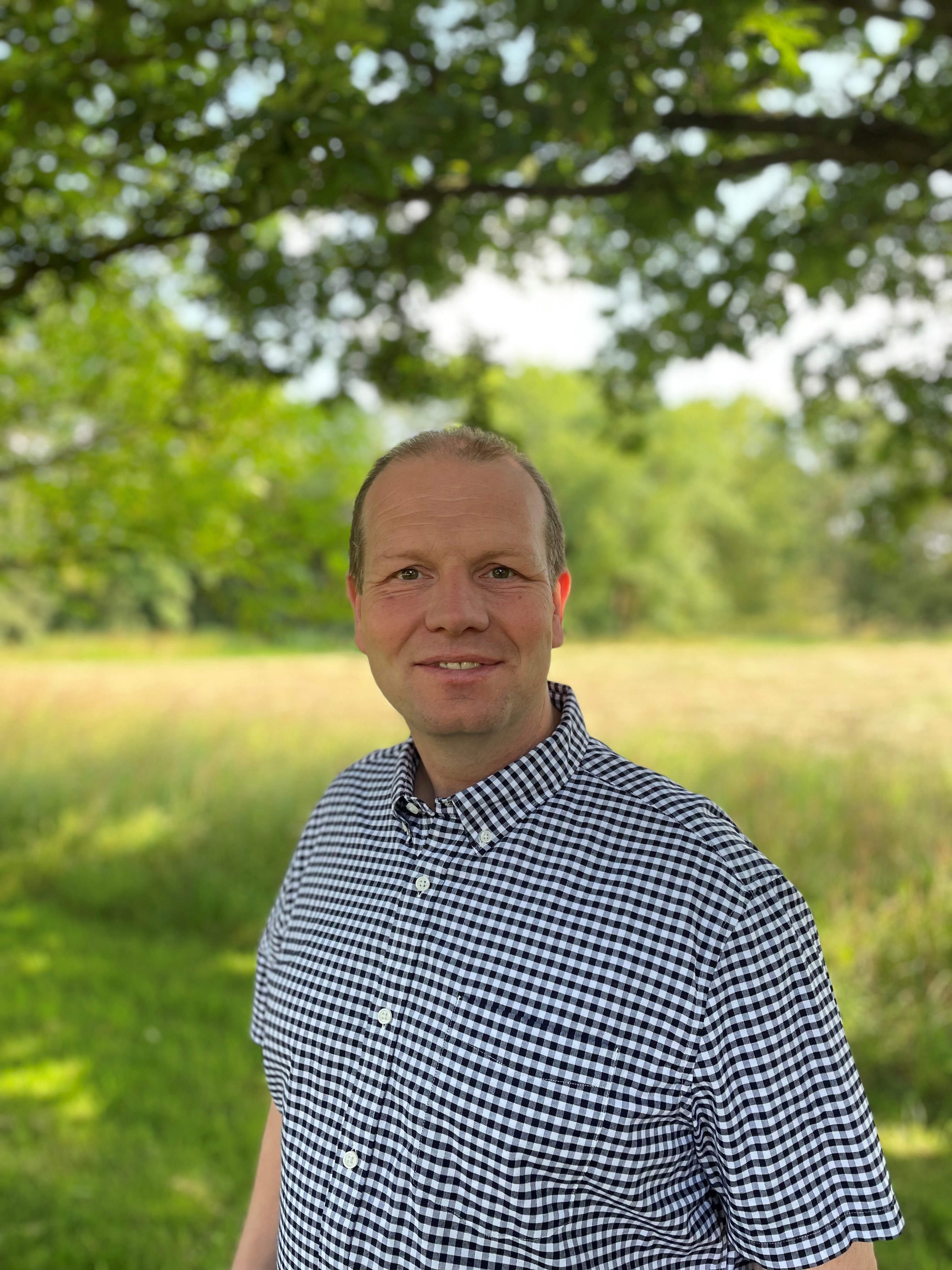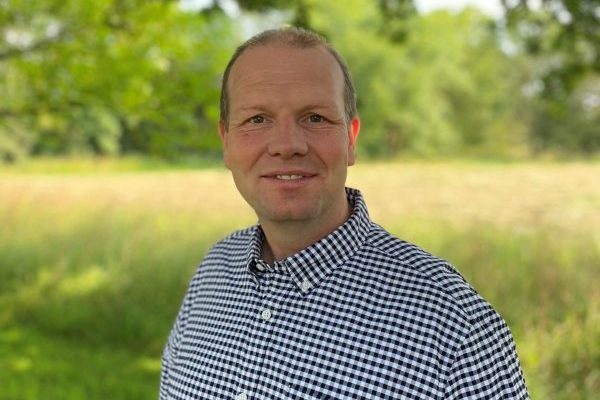 June is here, and it’s time to look around the farm to see how successful our blackgrass control has been. There’s always hope that blackgrass won’t show its head above the crop and, fortunately, most fields are fine – with one or two with areas to keep an eye on.
June is here, and it’s time to look around the farm to see how successful our blackgrass control has been. There’s always hope that blackgrass won’t show its head above the crop and, fortunately, most fields are fine – with one or two with areas to keep an eye on.
Blackgrass has been an expensive problem to tackle. It’s meant changing our rotation, drilling dates and crops over the past few years, with most of our efforts successfully addressing our concerns. It’s also thrown up a few other issues, like wild oats reappearing in some of our fields as we’ve cut back the need for spring herbicides.
Travelling around the country last month, you can see the difference in fields that once had a brown haze now looking very clean. There were a number of areas with a persistent problem, and some farmers are taking the ultimate action of spraying off the crop or silaging it to prevent seed return. With crop prices exceptionally high, now is an excellent time to have a go at doing things differently.
Suppose you have areas with a real problem, now could be a beneficial time to take those areas out of production or crop the field differently for a year or two. When the wheat price was low, we tried to make every hectare contribute productively. With better returns, we can take bolder action, focus on the troublesome areas and tackle longstanding issues. This might mean a reduced income now, but with your fields earning a better return, it can be covered long-term with reduced costs and fewer weed burdens.
I recently took a flight to Northern Ireland – my first since the beginning of COVID19 – and flying out of Stansted, I looked down to see many fields looking well, some struggling with the dry weather or from a poor establishment in winter. The diversity of practice was abundant from my view in the sky, and it was a patchwork of differing approaches to farming with nature. I could see the number of fields currently in or about to be in countryside stewardship. I could see all the field margins, awkward corners and straightening up of fields. And I could identify farmers who have taken up the skylark plot options in their winter cereals.
As farmers, we have to communicate to the public the changes happening in the countryside and the actions many of us are taking to improve biodiversity. If we’re looking for long-term support to manage the landscape and our natural capital, we must get the public and governments on side to continue funding these things in the future.
Another thing visible at take-off was the sheer number of fertiliser spreaders used in windy conditions or not calibrated to the products they were spreading. An uneven application rate was evident not just on one or two farms but across many fields.
Given the current extortionate cost of nitrogen, investing time in calibrating your machine surely must pay off. To be visible, it must be significant under or over application. I know several farmers who use a drone to fly over the crops to assess crop condition, and while this may not help for this year, at least you can improve things for 2023. Public satellite imagery of the farm can also be helpful, but it’s not usually available quickly. I’m increasingly using satellite imagery to assess crop nutrition and biomass, and I would highly recommend this as a valuable way of monitoring fields and inputs. Much like approaching management changes, it helps now and again to see things from a different angle, and nothing is quite so reorientating as a view from above.
Our attention is turning towards harvest and what could be an early one. Many crops look to be a week to 10 days early, and preparations may need to speed up to have everything ready in time. Hopefully, by attending upcoming events and field trials, I’ll see some of the potential new crop varieties to grow in the future. Input costs and cash flow for harvest next year look challenging, and planning now is essential. I see more and more farmers moving down the regenerative route who find their cropping and input costs reduce as their soil starts to adjust.
Change, as always, needs to be thoroughly thought through and I always take now to be as good a time as any to start. Hopefully, I may get a chance to say hello to a few CPM readers at this summer’s events before harvest.
Martin Lines is an arable farmer and contractor in South Cambridgeshire with more than 500ha of arable land in his care. His special interest is in farm conservation management and demonstrating that farmers can profitably produce food in harmony with nature and the environment. He’s also chair of the Nature Friendly Farming Network UK. @LinesMartin
martin.lines@nffn.org.uk




